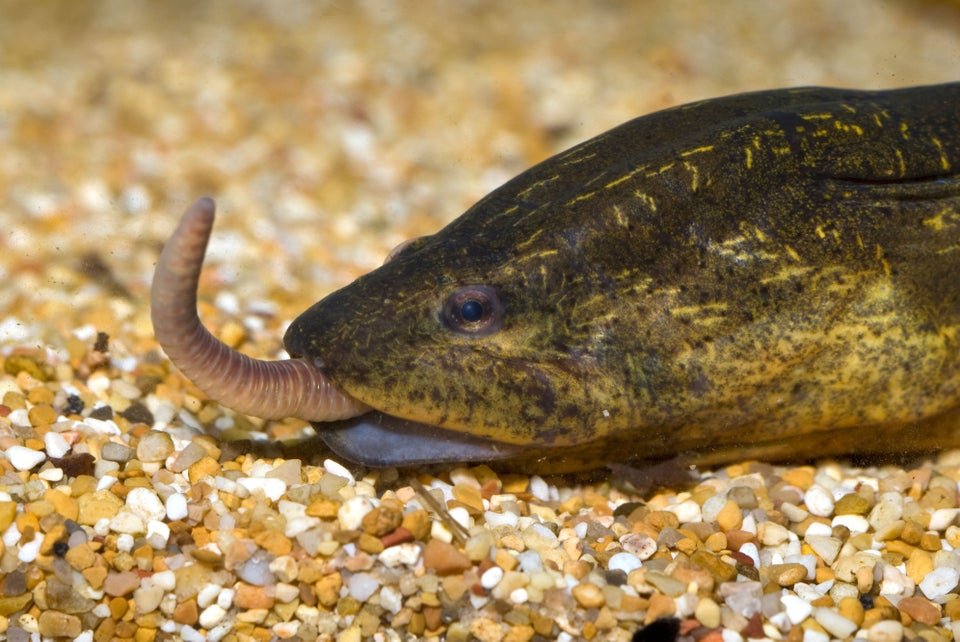
A growing arsenal of chemicals and insects is taking aim at invading weeds threatening to overwhelm the northern reaches of the Everglades.
About $18 million a year is already spent combating exotic plants that if left unchecked would smother South Florida natural areas that provide wildlife habitat.
On Thursday, the South Florida Water Management District approved boosting that spending by as much as $3 million a year.
That includes the district spending another $500,000 on increasing an army of specially-bred bugs that scientists use to go after the damaging plants taking root in the Loxahatchee National Wildlife Refuge in Palm Beach County.
"We will be able to do a lot more on refuge," said Sylvia Pelizza, who oversees the refuge for the U.S. Fish and Wildlife Service. "We can control the spread."
Australian pines, Brazilian pepper trees and melaleuca trees have long been the biggest exotic plant threats to South Florida's natural areas. Now Old World Climbing Fern is becoming a growing nuisance to the native habitat within the wildlife refuge, considered the northern remnants of the Everglades.
The climbing fern, with fronds capable of growing 100 feet long, can smother trees and bushes -- choking off breeding and feeding grounds vital to wildlife survival.
Originally found in Asia and Australia, Old World Climbing Fern is thought to have come to the U.S. as an ornamental plant. Now it's thriving in Central and South Florida, threatening to spread out of control.
"Old World Climbing Fern is where we still have some issues," Pelizza said. "It's just a difficult species to deal with. ... Its spores go everywhere."
Herbicides have long been used to combat the imported plants that flourish because they have no natural enemies in South Florida.
Work crews are also hired to pull up in the invading plants by hand.
But increasingly, scientists are counting on strategically chosen insects to provide an alternative to chemical treatments and plant-by-plant removal. Those bugs could ultimately prove to be more effective in the long-term to curtailing nuisance plants, including climbing ferns.
"It covers everything," the district's Dan Thayer said about the invasive fern. "It makes it really hard to kill with herbicides."
A mix of different insects are bred at a federal laboratory in Davie, intended to only take aim at the fast-spreading exotic plants.
The $500,000 infusion approved by the district Thursday is aimed at helping scientists harness the destructive powers of moths to try to combat the Old World Climbing Fern spreading across the Loxahatchee National Wildlife Refuge.
Beetles and flies have already proven effective in helping curtail the spread of melaleuca in the wildlife refuge. Now refuge managers are hoping that they can find insect suitable for a "bio-control" program targeting Old World Climbing Fern.
"It's a very important project to try and save the [Everglades] tree islands in the refuge," district Board Member James Moran said.
abreid@tribune.com, 561-228-5504 or Twitter@abreidnews ___
(c)2013 the Sun Sentinel (Fort Lauderdale, Fla.)
Visit the Sun Sentinel (Fort Lauderdale, Fla.) at www.sun-sentinel.com
Distributed by MCT Information Services
